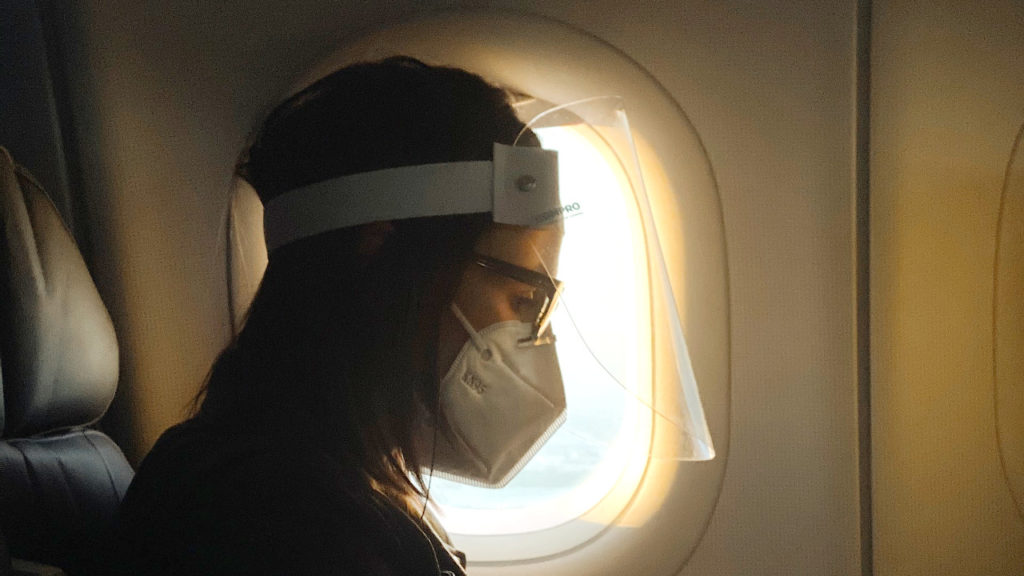6 Things to Know About Travel Bubbles
“Travel bubble” is a new term coined during the coronavirus pandemic in 2020 as a solution to revive the economy and keep the tourism sector afloat.
Also called a travel corridor, corona corridor, or travel bridge, and is considered the new normal in tourism.
It refers to 2 countries opening their borders to each other. But its definition broadens, as more places try to reopen. Now, travel bubbles can also refer to a few places within the same country opening its borders to a limited population so long as certain conditions are met.
While it doesn’t guarantee safety, it limits the risk for travelers and locals by setting certain standards set by both destinations.

Countries near each other are more inclined to forge travel bubble agreements due to proximity. Having similar strategies in dealing with the virus can also be a factor. Another consideration is the number of coronavirus cases. Places with a low number of covid-19 cases will open only to a partner with few or no cases. Having direct flights is also a consideration.
Travel bubble agreements between countries have been implemented and suspended and some are in the middle of negotiations. Some countries that have, or are negotiating travel bubble agreements with each other are New Zealand and Australia, Hong Kong and Singapore and Japan and South Korea. India and the Philippines are also looking to forge agreements with a few countries. And some countries in Europe have tried and suspended it due to rising cases.
In the Philippines, the Tourism department studied opening a few tourist destinations by the last quarter of 2020. Some of these are Boracay, Bohol, Manila, Baguio and Palawan.
Requirements differ from place to place but general guidelines include:
- A negative RT-PCR test 72 hours before travel
- Absence of co-morbidities or health risks such as diabetes, hypertension, heart or lung conditions
- Filling up of health declaration form
- Filling up a contact tracing form or downloading a contact tracing app.
For establishments such as resorts and hotels, they need to:
- Secure certificates to operate from appropriate government agencies. Here in the Philippines, the Department of Tourism (DOT) issues Certificate of Authority To Operate (CATO) and some Local Government Units (LGUs) issue separate permits.
- Apply reduced capacity, usually 50% or if more, schedule activities and implement crowd control.
- Limit dine-in crowd to 50% capacity or as determined by authorities. Some only allow take-outs or room service.
- Review the use of swimming pools. Depending on the setup, some might deem it best closed or for booking per party.
- Temperature checks as one enters any establishment from the airport to the hotel.
- Covid-19 health check forms to be filled out
- Use of technology for:
- Contact tracing
- Generating QR codes for several uses such as
- Forms generation
- Restaurant menus
- Online payment
- Not all tourist sites are open. For those that are, there might be a limit to the number of people allowed.
- Face masks and face shields might be required
- Social distancing of two meters or two arms’ length should be maintained
- Reduced staff in business establishments including restaurants, banks, etc.
- Some restaurants might need advanced bookings to control the crowd
- Some travel bubbles initiated by hotels or resorts form a “bubble” group that travels together If you’re part of a group

